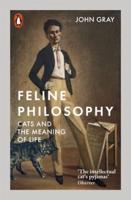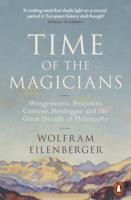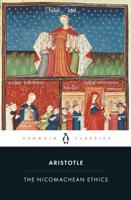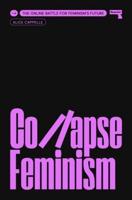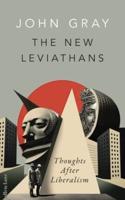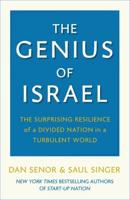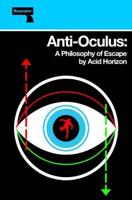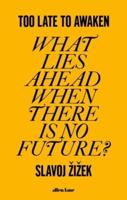Publisher's Synopsis
Shaun Gallagher's ""The inordinance of time"" develops an account of the experience of time at the intersection of three approaches: phenomenology, cognitive science, and post-structuralism. Using insights developed in both phenomenological and cognitive traditions (including the contributions of Locke, Hume, James, and Husserl, as well as a variety of contemporary thinkers), Gallagher explores the inadequacies of the phenomenological/cognitive model, the limitations imposed by introspective reflection, the concepts of intentionality and embodied existence, language and historical effect, and the extra-intentional processes that govern the operations of consciousness and memory. By considering a variety of metaphors developed in the cognitive and social sciences, as well as in art and literature, Gallagher demonstrates that no single discourse or discipline may integrate all the dimensions of temporal experience, and suggests that only a disparate set of disciplines can formulate appropriate agendas for the investigation of temporal experience.

